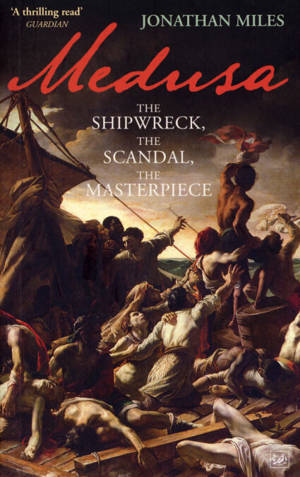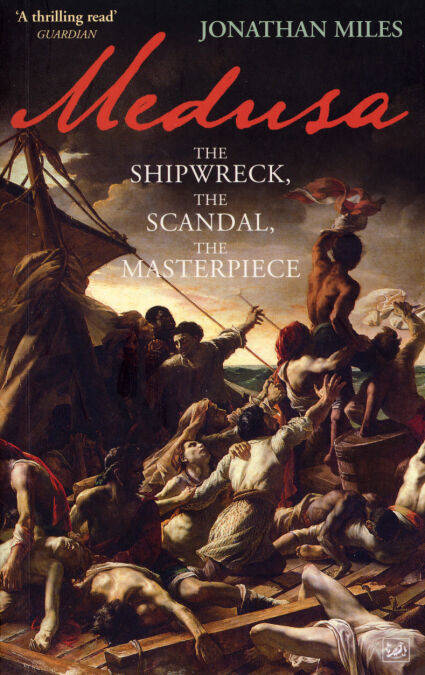
- Afhalen na 1 uur in een winkel met voorraad
- Gratis thuislevering in België vanaf € 30
- Ruim aanbod met 7 miljoen producten
- Afhalen na 1 uur in een winkel met voorraad
- Gratis thuislevering in België vanaf € 30
- Ruim aanbod met 7 miljoen producten
Omschrijving
In June 1816, the Medusa, flagship of a French expedition to repossess the colony of Senegal from the British, set sail but ran aground off the desolate West African coast. The evacuation of the frigate was chaotic and cowardly - 146 men and one woman were herded aboard a makeshift raft which was then abandoned in mid-ocean, cut loose by the convoy of lifeboats which had pledged to tow it to safety. The drifting raft carried those who survived to the very frontiers of human experience. Crazed, parched and starving, the diminishing band slaughtered mutineers, ate their dead companions and organized a tactical extermination of the weakest among them.
Among the handful of survivors from the raft were two men whose written account of the tragedy catalogued the trail of government incompetence, indifference, and cover-up. Their book became a best-seller which rocked Europe and inspired the promising artist, Théodore Géricault. Reeling from an illicit affair with his attractive young aunt, he threw himself into an exhaustive study of the Medusa tragedy.
Set in the politically fragile world of Restoration France, the murk of Georgian London and along the dangerous West African coast where the French were covertly regenerating the outlawed slave trade, Medusa witnesses error and outrage turned into a bestseller, and that bestseller transformed into one of the masterpieces of Western art.
Specificaties
Betrokkenen
- Auteur(s):
- Uitgeverij:
Inhoud
- Taal:
- Engels
Eigenschappen
- Productcode (EAN):
- 9781448113842
- Verschijningsdatum:
- 28/02/2012
- Uitvoering:
- E-book
- Beveiligd met:
- Adobe DRM
- Formaat:
- ePub

Alleen bij Standaard Boekhandel
Beoordelingen
We publiceren alleen reviews die voldoen aan de voorwaarden voor reviews. Bekijk onze voorwaarden voor reviews.











